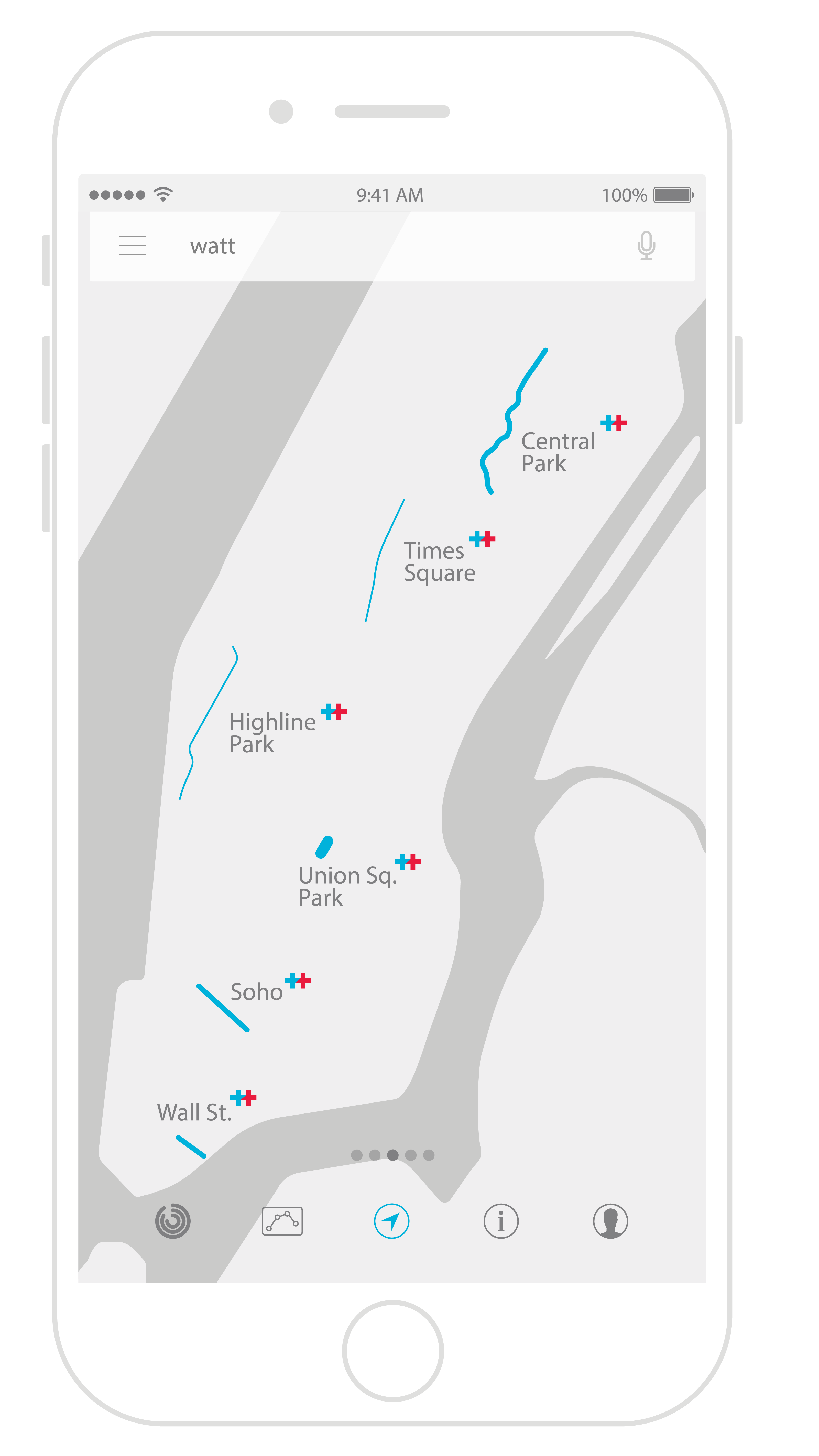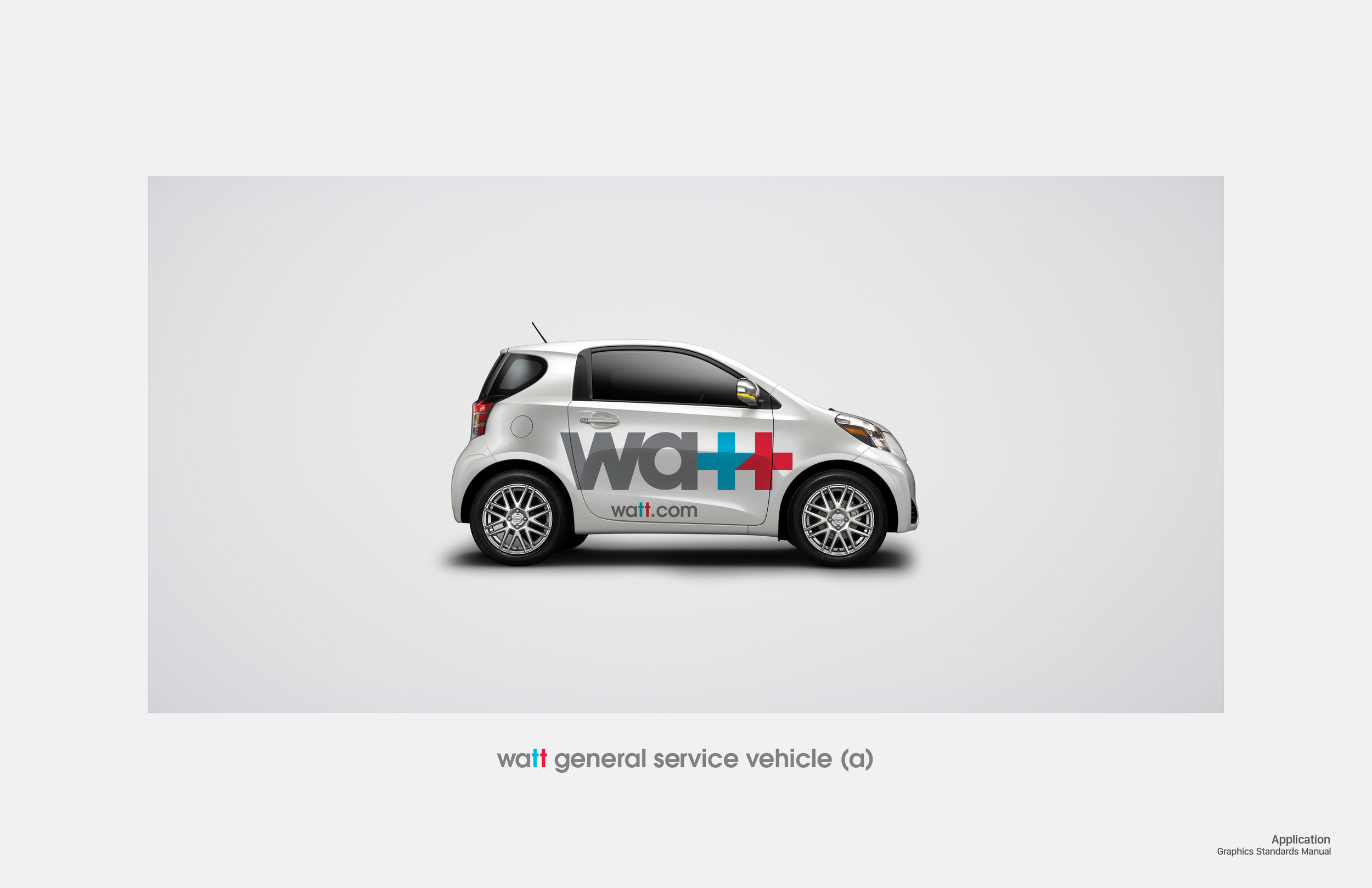


Where does electricity come from?
It all starts from the mother nature. Birth of electricity starts with natural resources like coal, oil, natural gas, and wood. Suppliers then transport collected natural resources to energy hubs in order to store before sent to the generators. Energy Hubs then apply cost on these natural resources in order to sell them to generators, as know as power plants. Most common power plants are fossil-fueled power plant, combined cycle power plant, nuclear power plant and hydropower plant. Generated electricity is then sent to transmission substation which is the station that stores electricity to different stations through high voltage lines, known as the tower. Area substations receive the electricity then send through power lines that are installed under the ground of the city. Pre-installed transformer converts electricity into domestic size then sends to apartment units through feeders. Electrical meter indicates how much electricity you received and spent through electrical socket. All you have to do is pull the light switch and get charged for monthly electricity bill.
Where does electricity come from?
It all starts from the mother nature. Birth of electricity starts with natural resources like coal, oil, natural gas, and wood. Suppliers then transport collected natural resources to energy hubs in order to store before sent to the generators. Energy Hubs then apply cost on these natural resources in order to sell them to generators, as know as power plants. Most common power plants are fossil-fueled power plant, combined cycle power plant, nuclear power plant and hydropower plant. Generated electricity is then sent to transmission substation which is the station that stores electricity to different stations through high voltage lines, known as the tower. Area substations receive the electricity then send through power lines that are installed under the ground of the city. Pre-installed transformer converts electricity into domestic size then sends to apartment units through feeders. Electrical meter indicates how much electricity you received and spent through electrical socket. All you have to do is pull the light switch and get charged for monthly electricity bill.

What if we can make this nature harming process shorter with available technology? What if we can produce electricity by ourselves? We create free energy every day: walking which is our kinetic energy. What if we can convert this free energy into usable electricity. New York City has the highest pedestrian traffic rate in the world. What if 8.5 million New Yorkers walk for this free energy?
Watt is a system that absorbs pedestrians’ kinetic energy which converts into usable electricity. By installing piezoelectric sensors under floors or planes where they have in contact with pedestrians’ feet, electricity can be collected and be used for any objects that require electricity. Everything.
Piezoelectricity is the appearance of voltage across the sides of a crystal when one applies mechanical stress, such as pressure. When vibration or pressure is applied to the piezo sensor, voltage is created. This created voltage can be stored in Watt captivator or as known as the battery, then be sent to units through pre-existing channels. Batteries connected to Watt tiles can be installed into any structures ranging from an apartment unit to the most populated Grand Central Station lobby to even the outdoor sidewalks.
















